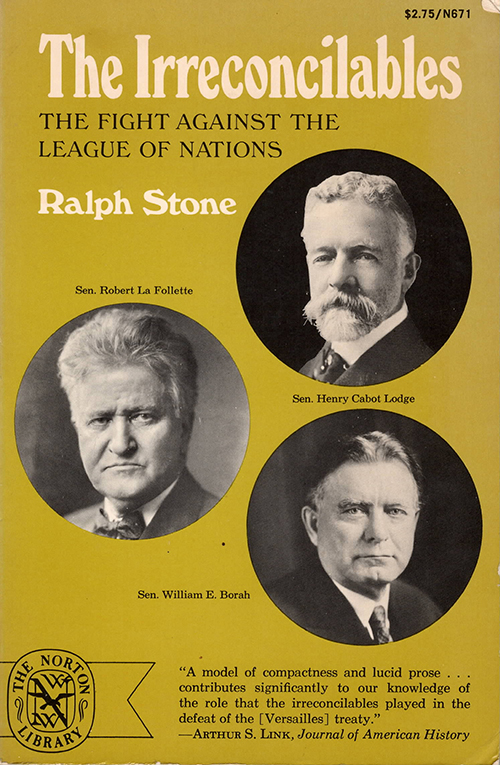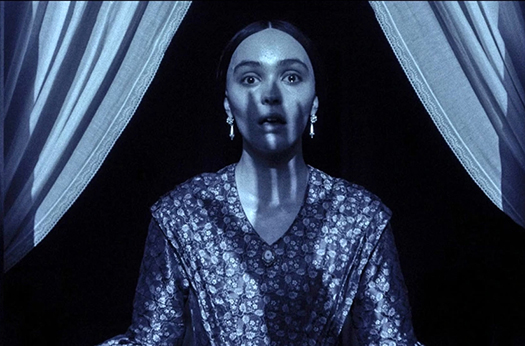I recently discovered Flannery O’Connor’s Why Do the Heathen Rage by Jessica Hooten Wilson.
Wilson’s work is comprised of bits and pieces of an unfinished novel by Flannery O’Connor.
It’s a special treat for O’Connor fans, and I was thrilled to discover it.
Flannery O’Connor’s proposed third novel had the working title: “Why Do the Heathen Rage?”
In a 1962 letter* to her friend Editor Robert Giroux, O’Connor said: “It’s been inevitable that I get to that title sooner or later.”
The words “Why do the heathen rage?” are taken from a psalm in the Bible, 2:1.
(In some versions of the Bible the word “heathen” is translated as “nations,” not “heathen.”)
The King James version of 2:1 reads:
Why do the heathen rage, And the people imagine a vain thing? The kings of the earth set themselves, and the rulers take counsel together, Against the LORD, and against his anointed, saying, Let us break their bands asunder, And cast away their cords from us.
This particular psalm was a common theme in the sermons of Protestant Southern ministers, in the 1950’s and 60’s.
Flannery O’Connor was a devout Roman Catholic.
However, as she wrote* to Sister Mariella Sable, in May of 1963: “I can write about Protestant believers better than Catholic believers . . . I can’t write about anything subtle.”
Essentially, Flannery O’Connor’s Why Do the Heathen Rage is made up of pieces of O’Connor’s lost beginnings of a novel presented in conjunction with explanatory essays by Wilson.
It also contains some beautiful linoleum cut illustrations by Steve Prince.
The subtitle of the book is: “A behind-the-scenes look at a work in progress.” In addition to commenting on and offering background to the fragments, Jessica Hooten Wilson placed the fragments in an order that she felt was helpful to understanding them.
Flannery O’Connor died (at age 39, in 1964) after completing two novels, and thirty-some short stories.
Scholars began to study her papers in the early 1970’s.
However, Wilson’s work was published in 2024.
Besides the fact that “Why Do the Heathen Rage?” was not close to being a finished work, another reason for the fragments not being published until 2024, was likely the subject matter.
O’Connor was writing about a 20-something white man (variously called Walter or Asbury) dealing with his own racism, and complicated emotions toward an idealistic Northern woman who’s trying (in today’s parlance) to become an “anti-racist.”
Even though Walter is “more or less” on the woman’s side,” she still fills him with “a particular fury.”
The female character is variously named “Oona Gibbs,” and “Sarah.”
By the end of the fragments, the two characters are heading toward an in-person meeting, but have only communicated through letters.
(Walter had lied to Oona, and told her he was black.)
O’Connor was still developing the characters when she died.
Oona/Sara is (mostly) a 20-something woman.
The character either lives on her own in New York, or she lives with her mother.
(O’Connor hadn’t quite decided.)
In one of her letters to Walter, Oona says:
I’ve broken through the ceiling of everything that suffocated me—conventions, manners, religion—and have suddenly like breaking into outer space, understood that nothing matters but that you be open to everything and everybody.
In reference to the title “Why Do the Heathen Rage,” Jessica Hooten Wilson proposes that Flannery O’Connor would say that both Walter and Oona are the “heathen,” as are we all.
As Flannery O’Connor expressed in a 1963 letter* to Sister Mariella Sable (same letter as mentioned above):
Ideal Christianity doesn’t exist, because anything that the human being touches, even Christian truth, he deforms slightly in his own image.
Another problem with this beginning of a third novel is its’ use of the N-word, particularly in the conversations with Walter’s father, “old-man Tilman.”
As I read Jessica Hooten Wilson’s work, I wondered if these O’Connor fragments would have been published earlier if they hadn’t involved racism.
(I also wonder whether Wilson’s book would have been given more publicity.)
This book was published by a small Christian press: Baker Publishing Group.
Wilson was fully aware that some readers might find Flannery O’Connor’s Why Do the Heathen Rage a problematic enterprise. She writes:
In these unfinished pages, characters speak offensively, and I hope we cringe to see the N-word on the page (even the elided version, as we have chosen to present it) and refuse to read it aloud. Yet, rather than judge these characters haughtily—“oh, that we’ve come so far!”—we should register the short distance between us and them.
One topic touched upon in Jessica Hooten Wilson’s book, is Alice Walker, and her affection for Flannery O’Connor’s work.
(Both Alice Walker, and Flannery O’Connor, had ancestral ties to Milledgeville, Georgia.)
In a biography on Walker (Alice Walker: A Life), by Evelyn Corliss White (2004), White quotes Walker saying that she would always love the “magic, the wit, and the mystery of Flannery O’Connor.”
White also quotes Walker as saying that O’Connor “destroyed the last vestiges of sentimentality in white Southern writing.”
*The two letters, mentioned in this memorandum, are found in Letters of Flannery O’Connor: The Habit of Being, selected and edited by Sally Fitzgerald (1979).





















.jpg)











